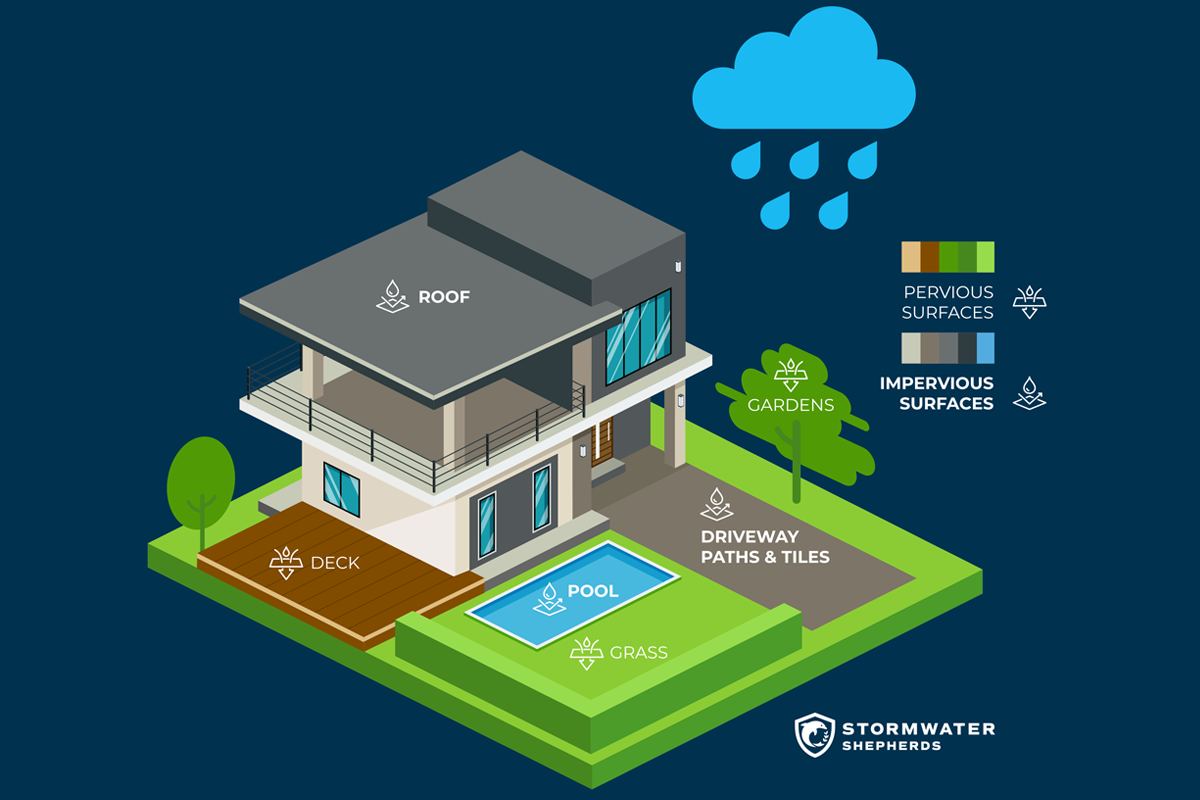
What is an impervious surface?
An impervious surface is any area on a property where rainwater cannot penetrate and soak into the ground. These surfaces are typically driveways and paths,

An impervious surface is any area on a property where rainwater cannot penetrate and soak into the ground. These surfaces are typically driveways and paths,
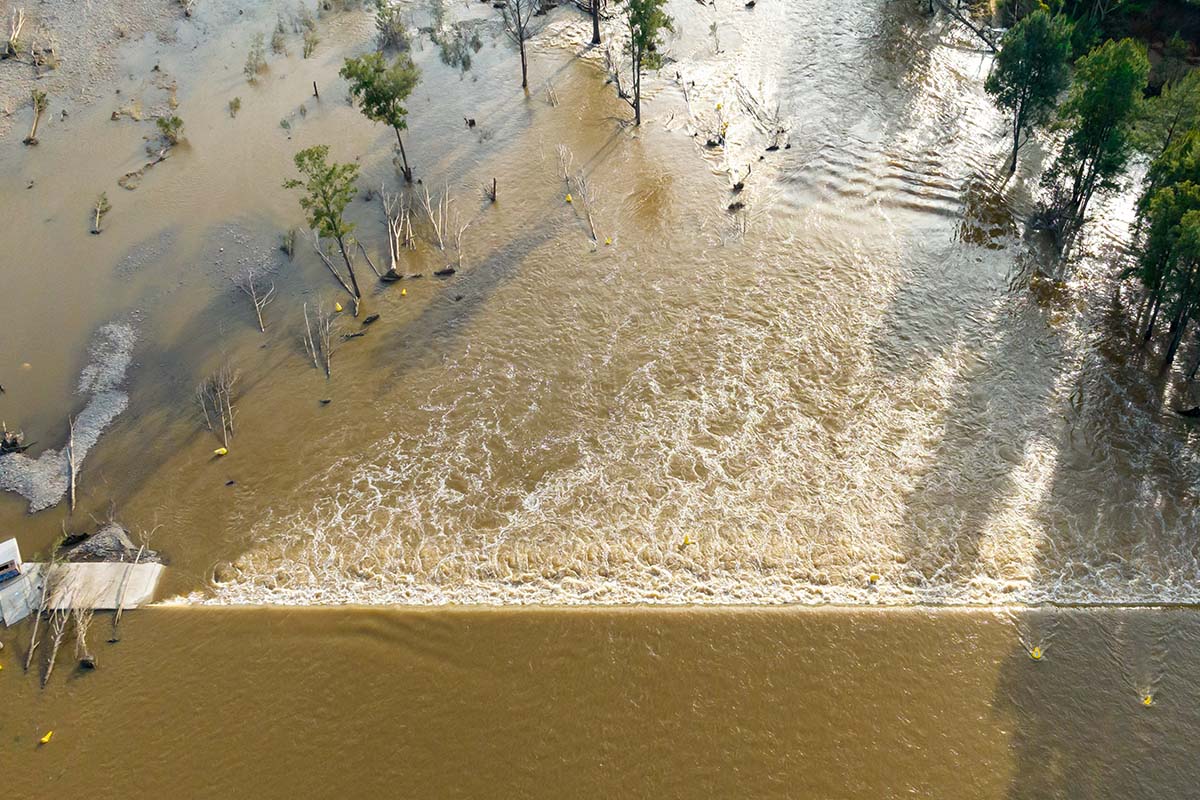
Rainwater is free until it touches the ground on your property, whether it is a residence, a business or farmland. The management cost from the
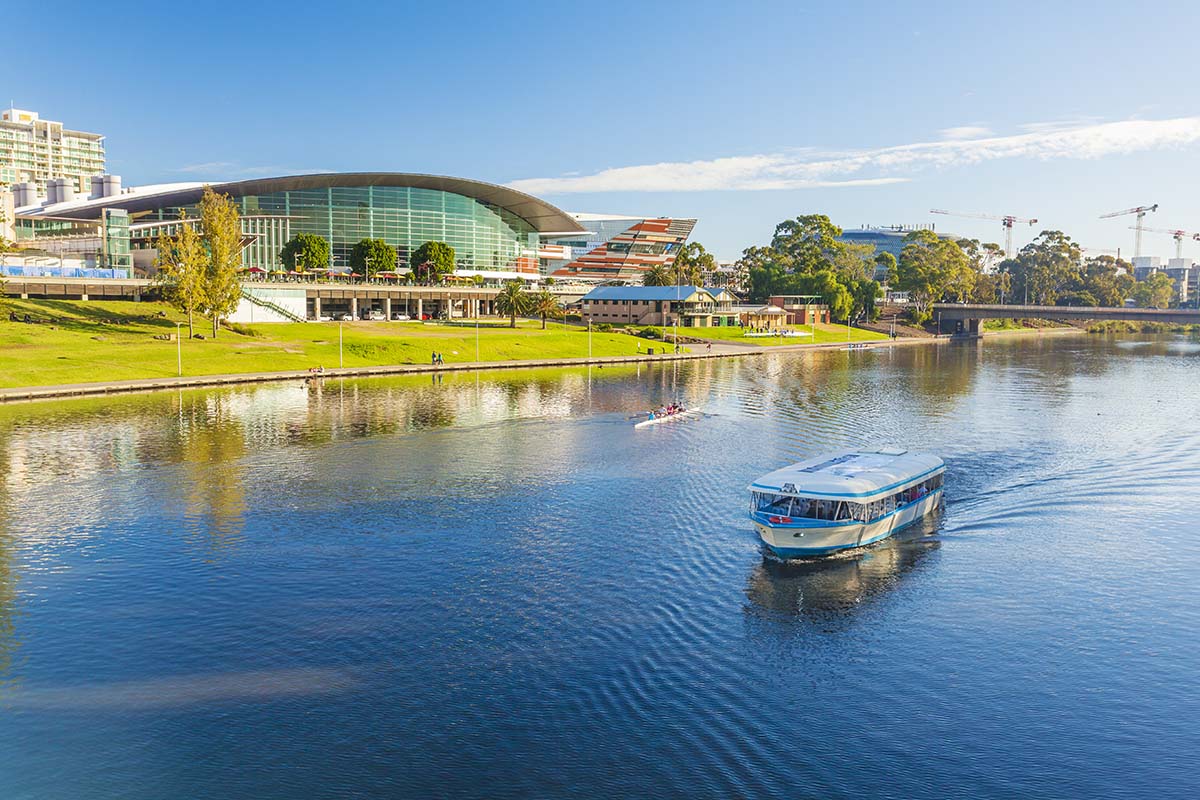
Just like the charges we receive for our water rates (i.e., drinking water), a stormwater utility fee is a fair user-pays charge for private and
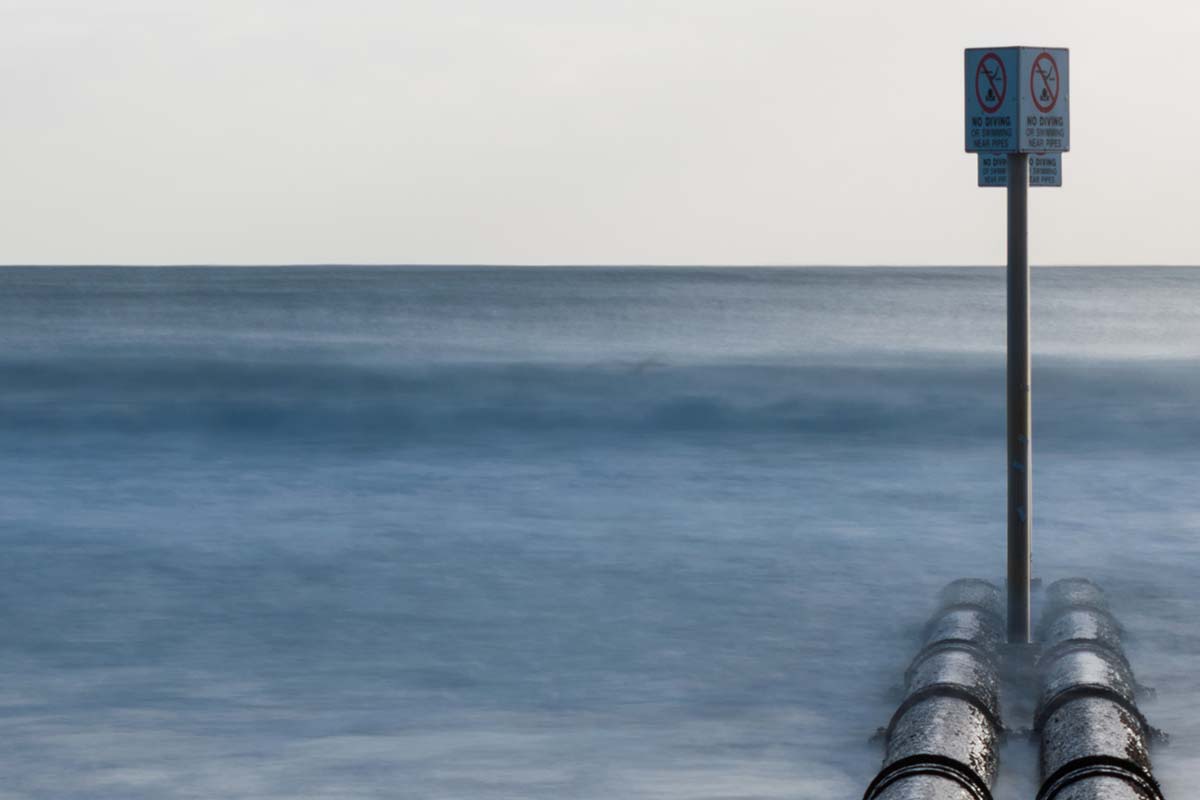
Currently, 80% of the pollution in our waterways comes from the land, with much of it collected and carried through stormwater networks. A stormwater utility
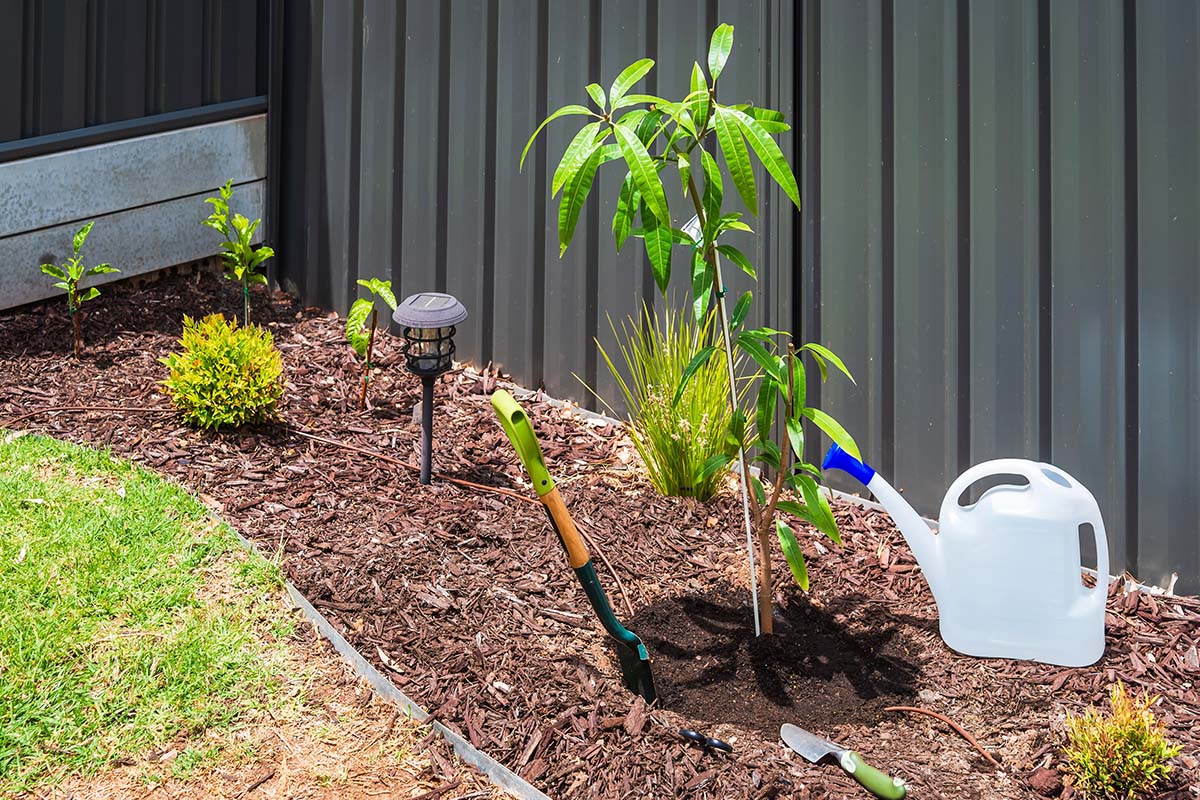
Increasing greenspace and diverting runoff from your property to areas like garden beds or grassy areas and planting more trees can reduce stormwater runoff and

In most user-pays models, there are various levels of runoff, and the fee is calculated based on factors such as – the size of the
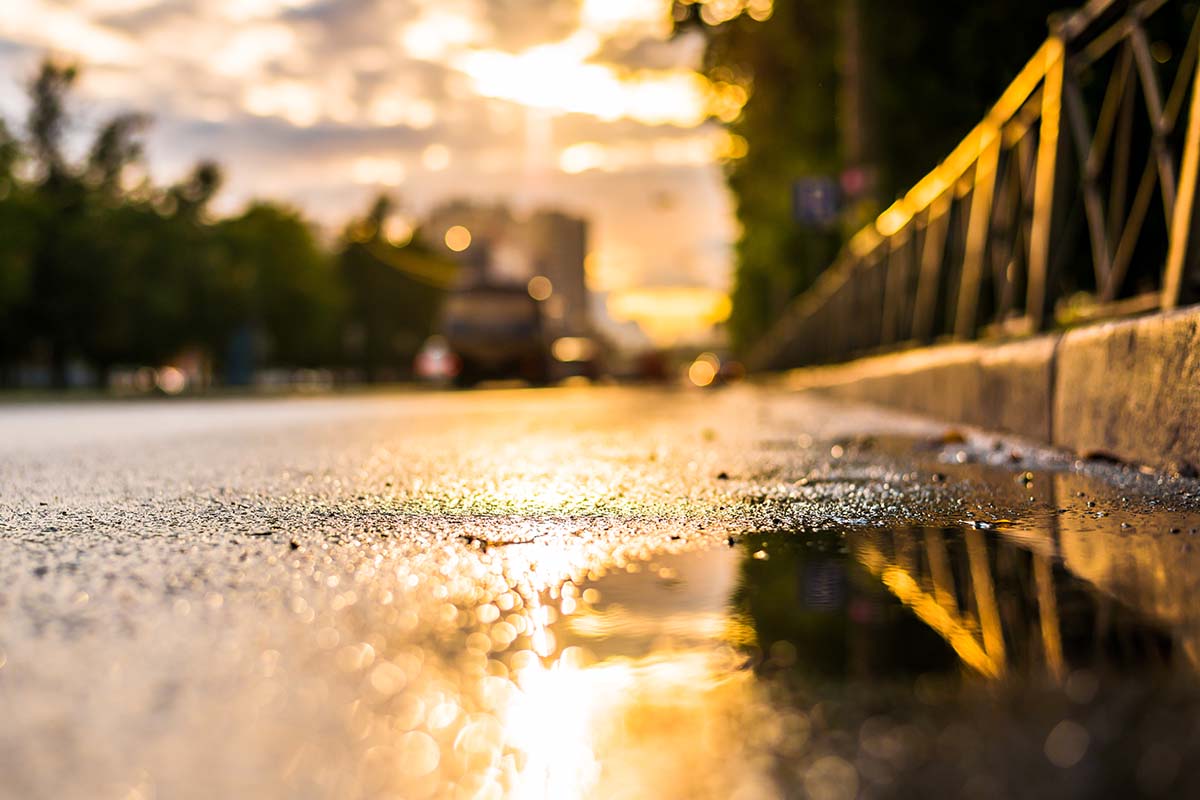
From local governments to national bodies, many places across the world have successfully implemented user-pays stormwater utility charges. Countries with fee systems include Germany, Canada,
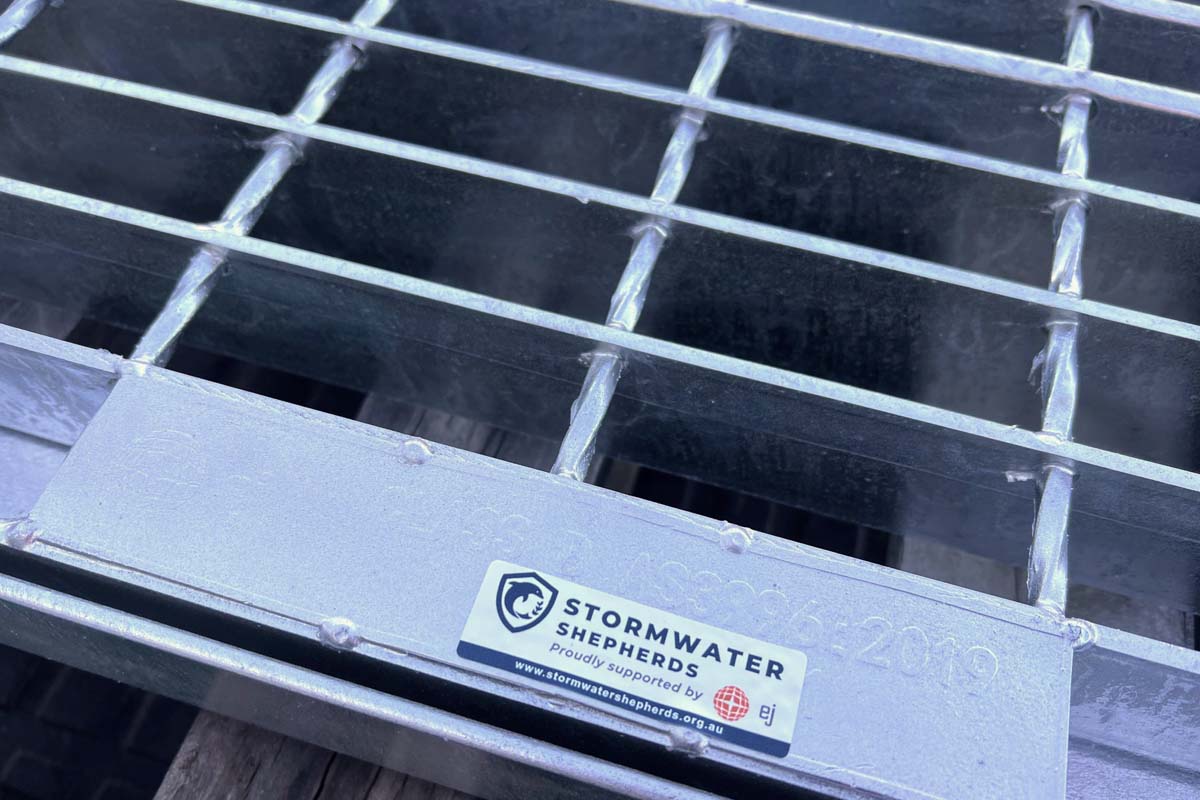
Water Sensitive Urban Design (WSUD) includes above-ground assets such as wetlands, swales, and bio-retention basins to filter pollutants. Water is filtered to remove heavy metals,
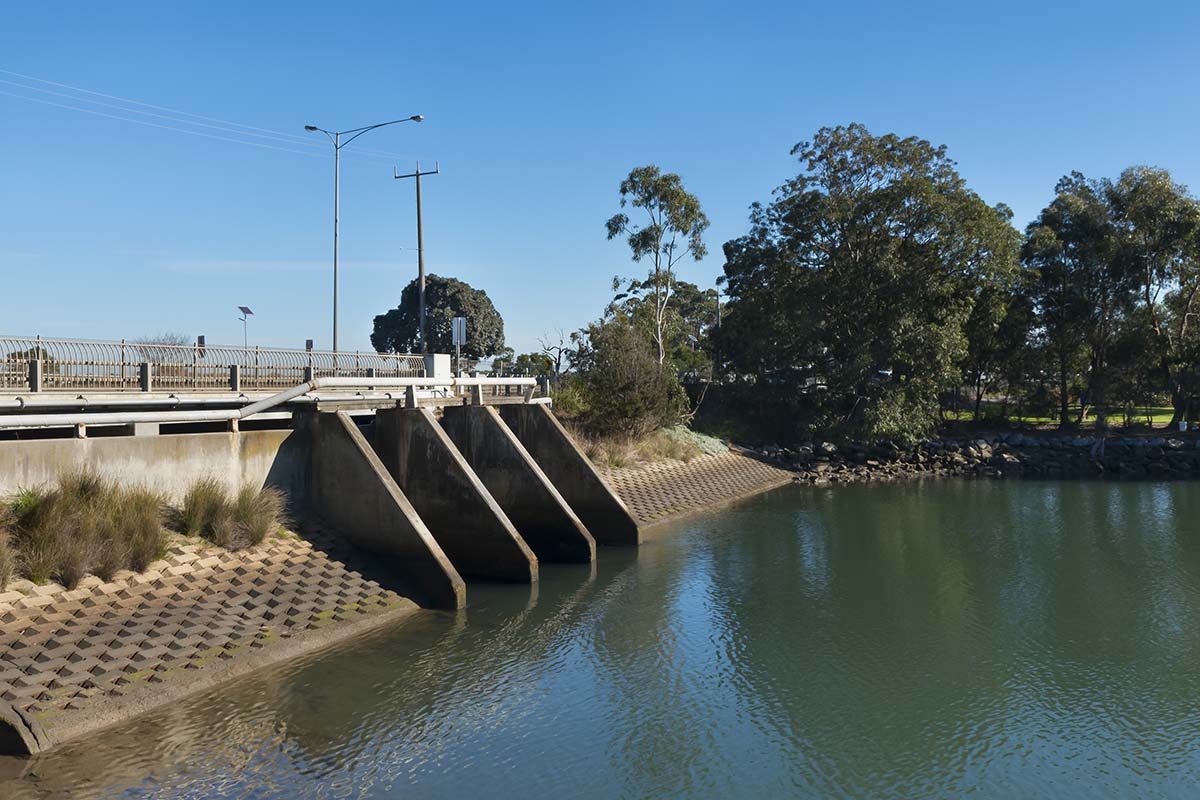
Raise awareness with family, friends, work colleagues, neighbours, classmates Advocate for council adoption Talk to local politicians Reduce impervious surfaces on your property Rainwater reuse
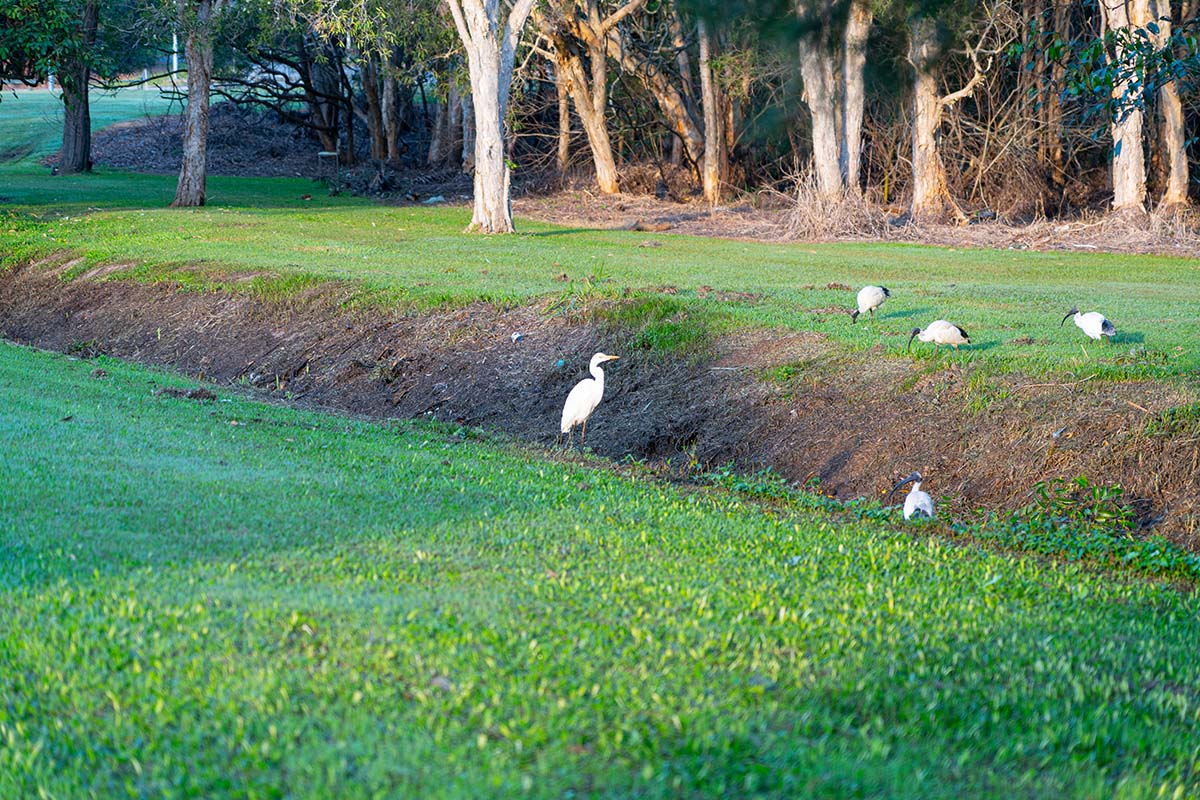
Yes. Although it is at the discretion of individual councils and state governments across Australia, (some state governments need to make changes to an act
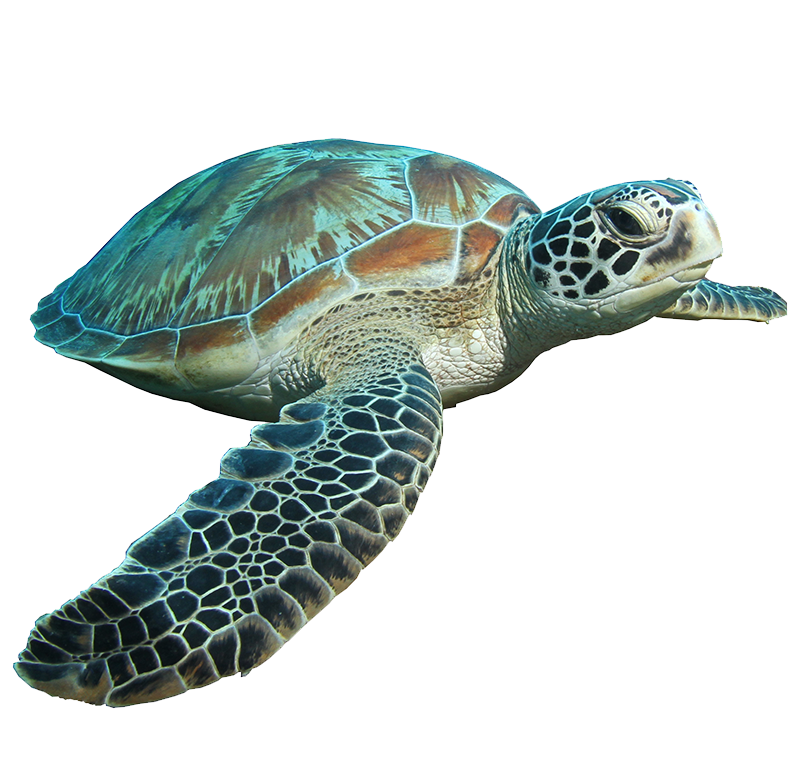
We’ll provide you with innovative solutions, informative articles and ways to get involved and be a part of something bigger.